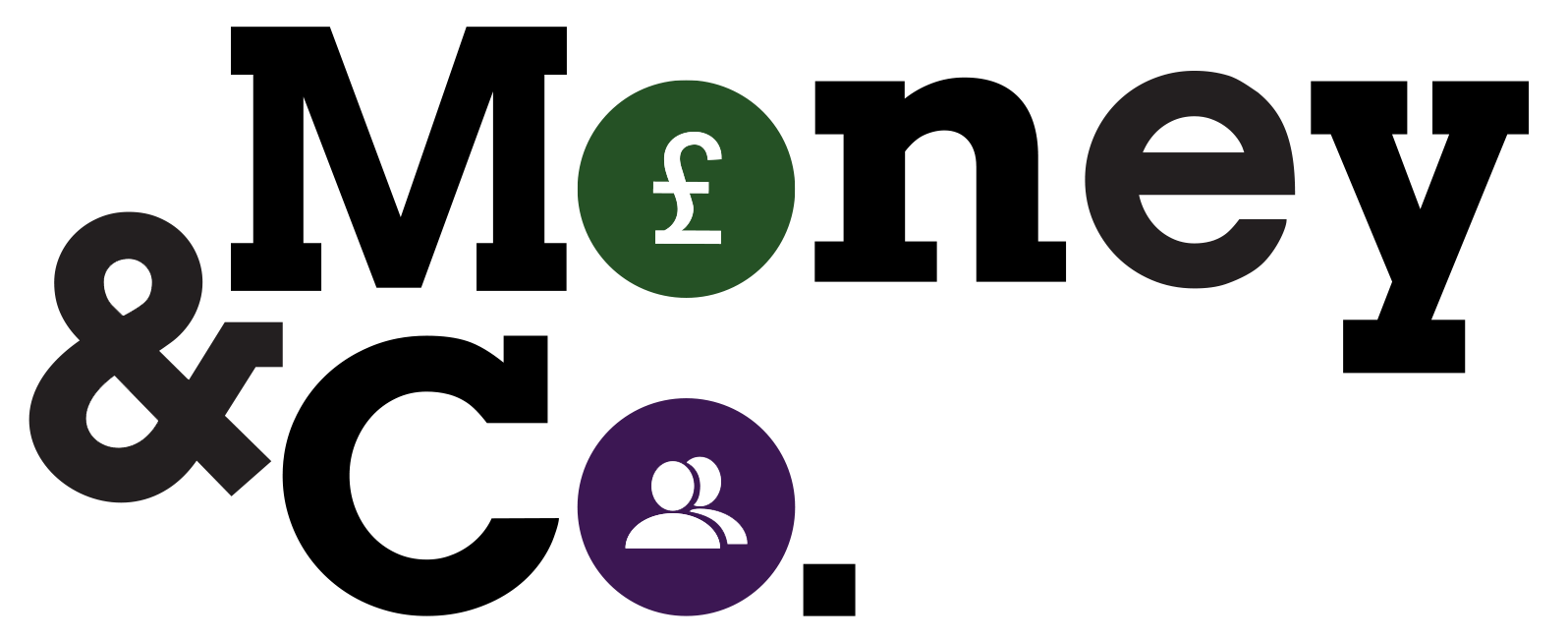Central Bank Digital Currencies Set To Play Bigger FinTech Role
 It may not be the coming thing, but it is a thing that is certainly coming. Central banks around the world are set to launch their own digital currencies. In 2018, the preparation was done for a “Britcoin” launched by the Bank of England. The product is wrapped up in metaphorical cling film, and ready to go.
It may not be the coming thing, but it is a thing that is certainly coming. Central banks around the world are set to launch their own digital currencies. In 2018, the preparation was done for a “Britcoin” launched by the Bank of England. The product is wrapped up in metaphorical cling film, and ready to go.
Some might argue that central bank digital currency (CBDC) is an inevitable by-product of declining cash usage. The main element that will find resistance is, in our opinion, the cnetralised (still) nature of the financial structure if CBDCs. Central banks, while officially distanced from the shared-ledger (blockchain) accounting systems behins CBDCs, are still closely associated. Cue a million conspiracy theories.
![]()
The Norwegian central bank is in no rush to introduce a digital Krone, despite conducting recent research which shows that cash is used for just four percent of transactions in Norway.
Declining cash usage is often cited as a primary reason for the development of central bank backed digital currencies.
In a speech at a payments conference in Oslo, Ida Wolden Bache, deputy governor of Norges Bank, says the plummeting use of cash in Norway was uncovered in a study conducted just three weeks ago.
“Only four percent of payments are now made using cash,” she says. “This share is approximately the same as in spring, and considerably lower than before the pandemic. To our knowledge, the share of cash payments is lower in Norway than in any other country.”
Norway, like other jurisdictions, has been exploring the options for creating a CBDC over the past four years. The Bank expects to publish results in 2021 from a third phase of research which specifies the features a CBDC should have and a range of technical solutions.

Historical Performance And IFISA Process Guide
- Money&Co. lenders have achieved an average return of more than 8 per cent gross (before we deduct our one per cent fee).
That figure is the result of over £20 million of loans facilitated on the site, as we bring individuals looking for a good return on capital together with carefully vetted small companies seeking funds for growth. Bear in mind that lenders’ capital is at risk. Read warnings on site before committing capital.
- Money&Co. has been lending for over 5 years and has only had two bad debts so far, representing a bad debt rate of 0.03 per cent per annum.
All loans on site are eligible to be held in a Money&Co. Innovative Finance Individual Savings Account (IFISA), up to the annual ISA limit of £20,000. Such loans offer lenders tax-free income. Our offering is an Innovative Finance ISA (IFISA) that can hold the peer-to-peer (P2P) business loans that Money&Co. facilitates. For the purposes of this article, the terms ISA and IFISA are interchangeable.
So here’s our guide to the process:
- Step 1: Register as a lender. Go to the login page, and go through the process that the law requires us to effect. This means we have to do basic checks on you to comply with money-laundering and other security requirements.
- Step 2: Put money into your account. This is best done by electronic transfer. We can also process paper cheques drawn in favour of Denmark Square Limited, the parent company of Money&Co.
- Step 3: Buy loans in the loan market. Once you’ve put cash in your account it will sit there – and it won’t earn interest until you’ve bought a piece of a loan. It’s this final step that requires lenders and IFISA investors to be pro-active. Just choose some loans – all loans on the Money&Co. site can be held in an IFISA – and your money will start earning tax-free interest.
The ISA allowance for 2019/20 is unchanged from last tax year at £20,000, allowing a married couple to put £40,000 into a tax-free environment. Over three years, an investment of this scale in two Money&Co. Innovative Finance ISAs would generate £8,400 of income completely free of tax. We’re assuming a 7 per cent return, net of charges and free of tax here.
Once you have made your initial commitment, you might then consider diversifying – buying a spread of loans. To do this, you can go into the “loans for sale” market. All loans bought in this market also qualify for IFISA tax benefits.

Risk: Security, Access, Yield
Do consider not just the return, but the security and the ease of access to your investment. We write regularly about these three key factors. Here’s one of several earlier articles on security, access and yield.
